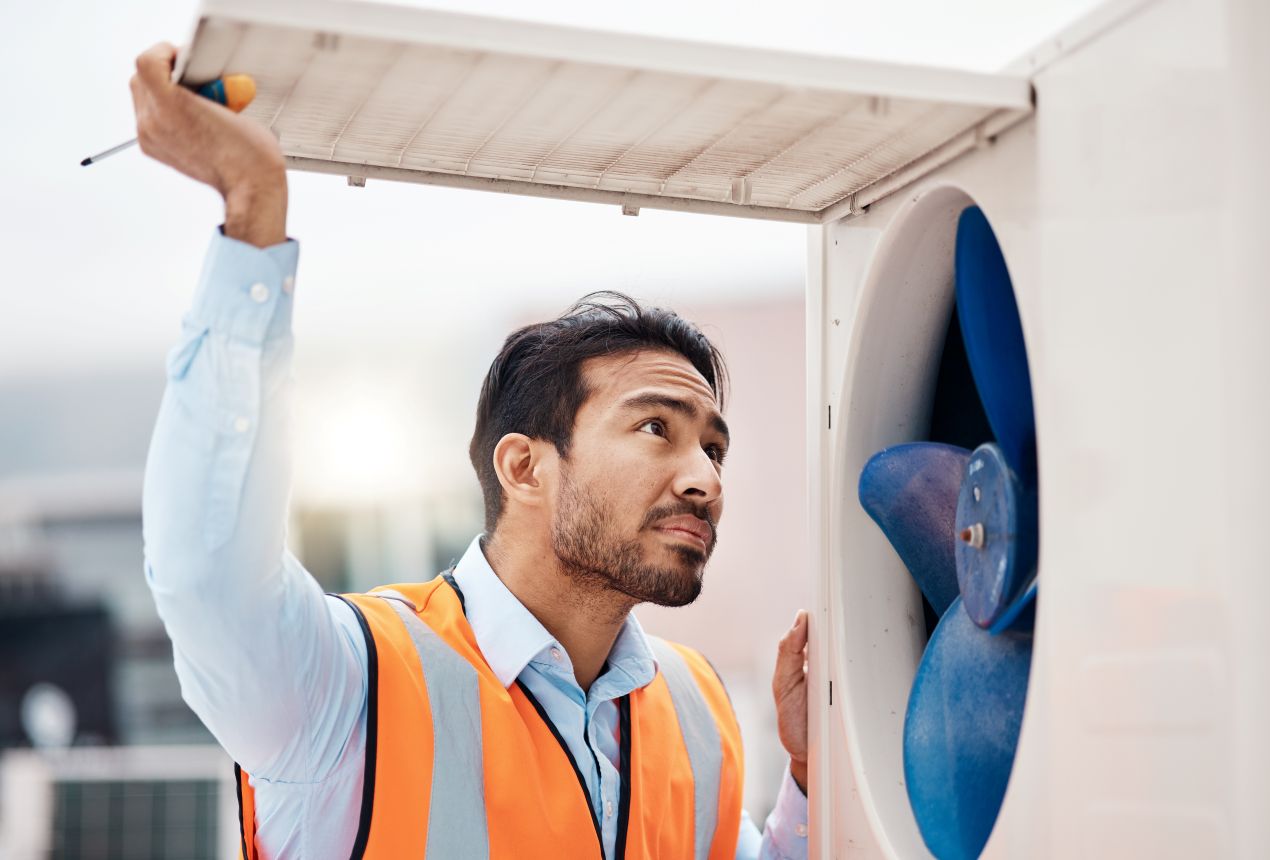Evaporative coolers, commonly called swamp coolers, remain a favorite cooling solution for homes and businesses, especially in arid regions. These ingenious systems harness the natural process of water evaporation to reduce air temperature while consuming far less electricity than conventional air conditioning units. Keeping your evaporative cooler in top condition ensures efficient operation and helps you recognize when a crucial evaporative cooler part requires attention or replacement. Through consistent maintenance and quick troubleshooting, you’ll maximize efficiency, preserve air quality, and significantly extend your cooling system’s lifespan.
Understanding How Evaporative Coolers Work
Evaporative coolers operate on a straightforward yet effective principle: they capitalize on the natural cooling that occurs during water evaporation. The system draws air through water-soaked cooling pads, where evaporation strips heat from the air before distributing it throughout your space. This process depends on several critical components working together seamlessly.
The cooling pads absorb and retain water, serving as the primary cooling medium. A water pump continuously circulates water to keep these pads properly saturated. Meanwhile, the fan and motor create the essential airflow for both evaporation and air circulation. The water reservoir stores the cooling water supply, while a float valve automatically maintains appropriate water levels.
Each element contributes uniquely to the cooling process. Without properly functioning pads, adequate water circulation, or sufficient airflow, the entire system’s effectiveness diminishes considerably.
Essential Maintenance Practices for Longevity
Routine Cleaning and Inspection
A consistent maintenance schedule forms the backbone of reliable cooler performance. Your daily and weekly routine should include monitoring water levels to prevent costly pump damage, clearing dust and debris from exterior surfaces and air vents, and staying alert for unusual sounds or odors that signal emerging problems.
Monthly and seasonal maintenance demands deeper attention. Thoroughly clean the water reservoir to prevent algae buildup and mineral accumulation. Inspect and clean the pump to maintain proper water flow, while examining the fan and motor for wear indicators. During these comprehensive checks, watch for water leaks, rust development, or stubborn mineral deposits that could compromise system performance.
Replacing and Caring for Key Components
Knowing when cooling pads need replacement is crucial for maintaining peak cooling efficiency. Warning signs include noticeably reduced airflow, visible pad deterioration, lingering odors despite thorough cleaning, or mineral buildup that resists removal efforts. When replacing pads or other components, always disconnect power for safety and use gentle, non-abrasive cleaners to protect delicate parts.
Troubleshooting Common Evaporative Cooler Issues
When your cooler isn’t providing adequate cooling, several culprits could be at fault: clogged or deteriorated cooling pads, insufficient water levels, pump malfunctions, or blocked airflow passages. Begin your investigation by verifying water levels, assessing pad condition, and confirming that all air vents remain unobstructed.
Strange noises or vibrations typically point to mechanical problems—worn bearings, loose fan belts, or debris lodged in the fan assembly. These issues demand immediate attention to prevent extensive damage to the motor or other vital components.
Water leaks or persistent unpleasant odors usually stem from cracked reservoirs, excessive mineral accumulation, or stagnant water harboring bacterial growth. Address these concerns promptly by completely draining the system, performing thorough cleaning, and replacing any compromised components.
When to Repair vs. Replace Components
The decision to repair or replace a faulty part hinges on several considerations. Evaluate your unit’s age, weigh replacement part costs against repair expenses, and assess the system’s overall condition. For newer units experiencing isolated component failures, replacement parts typically offer the most economical solution. However, older systems with multiple failing components may justify complete replacement.
Preventive Tips for Year-Round Performance
Pre-season preparation sets the stage for trouble-free operation. Conduct thorough cleaning, perform comprehensive component inspections, and test the entire system before the cooling season begins. This proactive strategy helps you catch potential problems before they escalate into major headaches.
End-of-season care proves equally vital. Completely drain the water reservoir, ensure all components dry thoroughly, and store the unit in a clean, dry environment. These steps prevent mold development, mineral deposits, and component degradation during storage periods.
Key Takeaway: Regular maintenance, swift troubleshooting, and quality replacement parts form the foundation of dependable evaporative cooler performance.
Conclusion
Investing in regular maintenance and prompt troubleshooting pays dividends in your evaporative cooler’s efficiency and longevity. By understanding your system’s components and maintaining a proactive care routine, you’ll enjoy optimal performance, cleaner air quality, and reduced operating expenses. When issues surface, systematic troubleshooting helps you identify solutions quickly, while smart repair-versus-replace decisions protect your investment. Don’t hesitate to seek professional guidance when facing complex problems—expert consultation ensures your cooling system continues delivering reliable, energy-efficient comfort for many years ahead.

